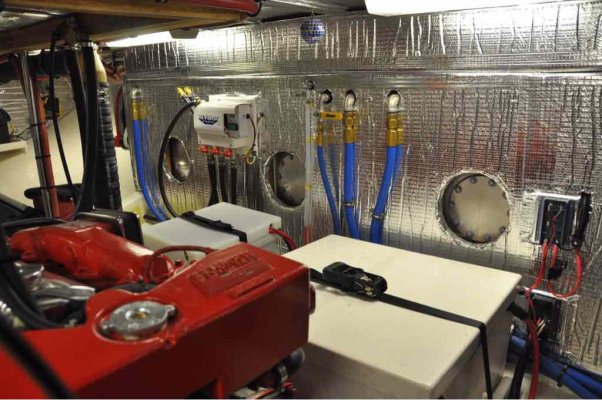If you can get at the bottom of any fuel tank it is a real good starting point to eliminate a bunch of potential problems before the water causes rust and gets circulated and mixed and pumped throughout the fuel system. Just drain it off into a clear container, even a plastic pop bottle, and you can see right away if there is water or other junk in it.
If the pick up tube pulls everything up out of the sump, then the filters catch it as designed and it does not go into the fuel system. A sump drain is great, but few people will check it. If you pick up the water and junk and put it in the Racor, then you will see it and can act on it. Most boaters are not disciplined enough to take routine samplings off the bottom of the tank, and furthermore if there is water in the tank you are far more likely to notice it if you see it in the filter bowl. If you are regularly seeing water in the Racor, you had better try to find the source before it begins to attack the tank. I suspect that for most boaters getting the crap to the filter is a good idea and that is why Hatteras and others took that approach.



